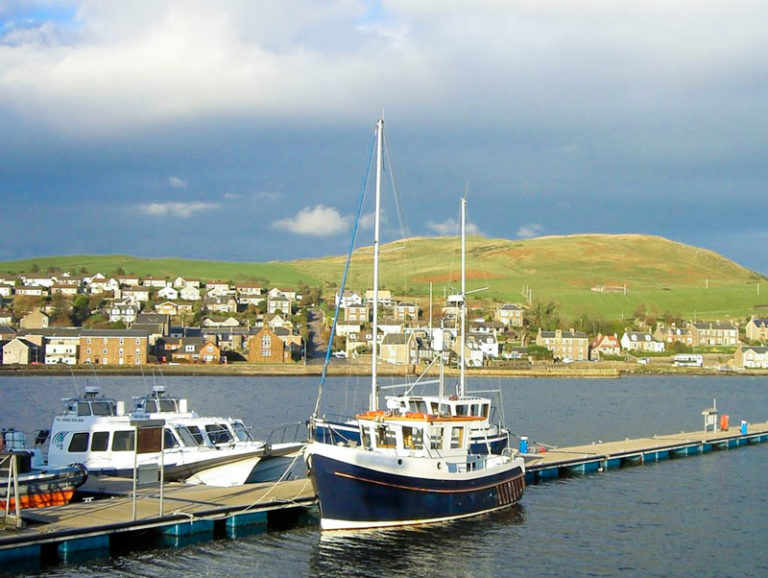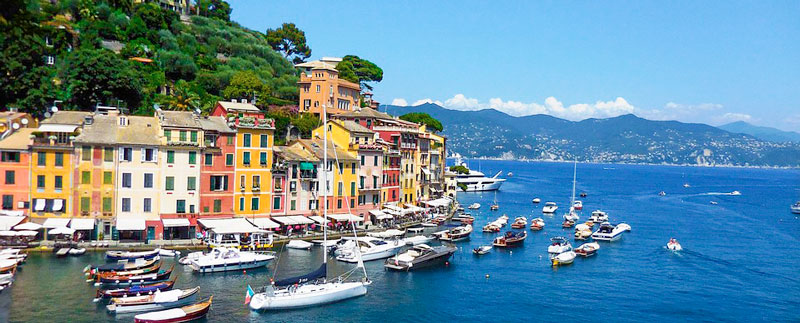All types of berths
Choosing a berth is a topical thought. Never as now, in the light of the recent extraordinary weather events, the issue of boat safety at ports, once taken for granted, has become a primary concern in the mind of boat owners, overshadowing other aspects such as comfort, costs and services.
The question therefore is: which berths are safer and which ones should I choose?
Of course, there’s no universal or unequivocal answer to this question; however, we can help you make a more conscious choice with the illustration of the different types of berths available in the ports, the explanation of mooring methods and some tips.

The traditional options offered by ports are represented by berths located alongside a quay. Quays can have sheet pile sections or be floating.
The first are characterized by fixed reinforced concrete support pillars, whose basis, firmly buried in the seabed, develops vertically and supports the walkway alongside which boats will be moored.
Between support pillars, some spaces
This option is not only the most solid one but also enables big vessels to moor alongside a quay without any problems.
Floating quays, instead, are platforms that float on the water surface. They are held in position by a group of chains fixed to the seabed that should be proportionate to the load of the boats that will dock there. They can be practically installed everywhere because they require no installations on the seabed and, sometimes, are even directly connected to the ground by a walkway. This solution is usually preferred by small and medium-sized boats while bigger vessels often need additional mooring posts in order not to overload the floating structure.

Less frequent are, instead, berths with buoys or dolphins.
The first are usually used within natural ports without artificial structures. There, boats use a group of relieving ropes secured to concrete blocks that serve as an anchor; this way, bows can follow the natural wind direction. These berths are accessible by land only if you have a means that guarantees transshipment.
Berths alongside dolphins are typical of ports that suffer important tidal ranges, such as the Venice lagoon. Dolphins, arranged in rows, which berths are secured to are simple wooden poles fixed to the seabed. This solution is necessary to make the hull follow tide movements correctly without provoking excessive pressure on mooring lines. The entry between dolphins is difficult for beginners, you have to the get the hang of it since it leaves little margin of error during maneuvers.
Easy maneuvering is another important element to take into account when choosing a berth.
If, for example, we have a berth in Liguria, a region that is statistically subject to north wind, we’d better choose one that exposes the stern towards this wind. This way, we will avoid drifting leeward during the entry and will facilitate both entry and exit.


























